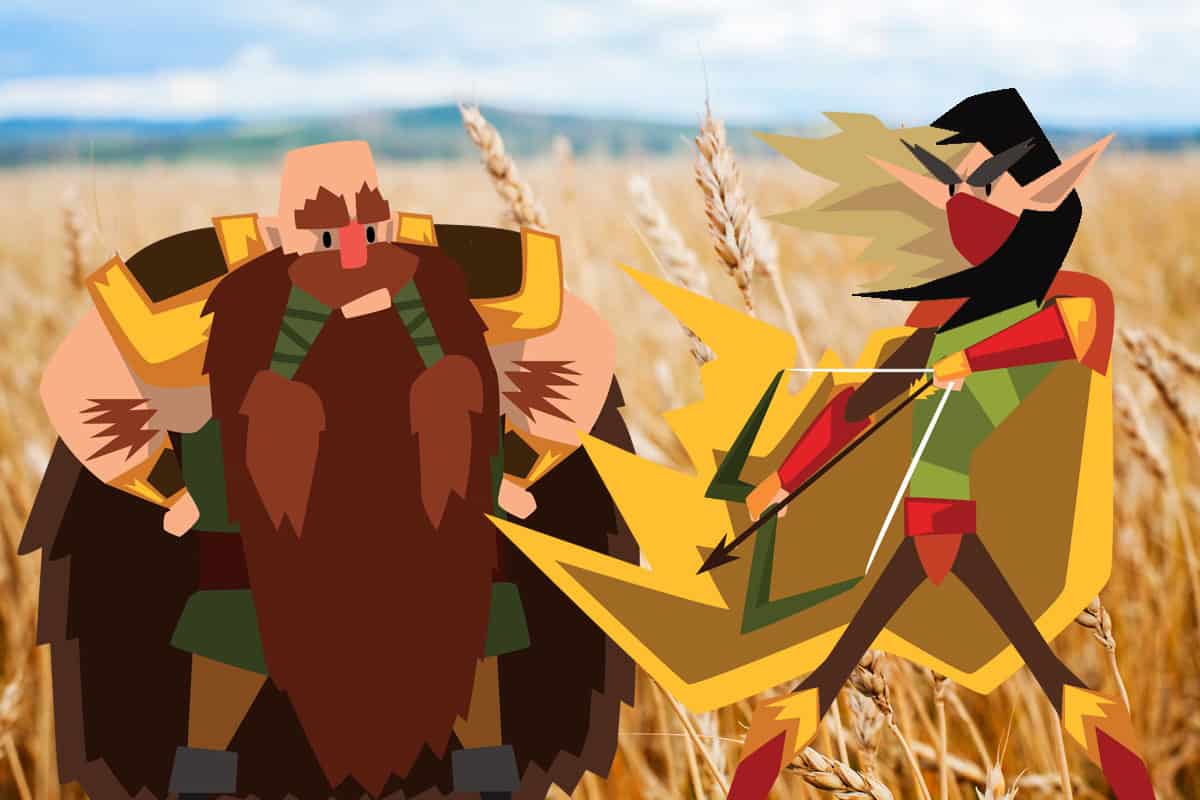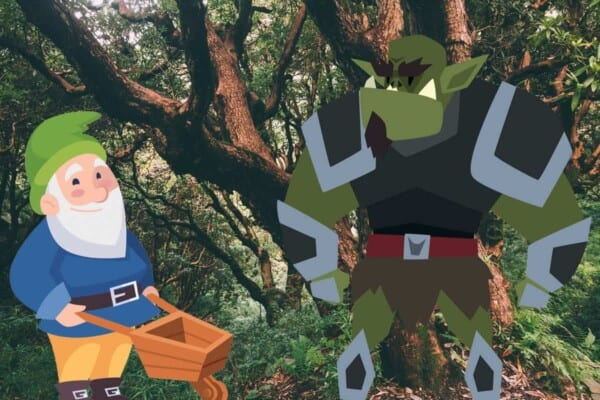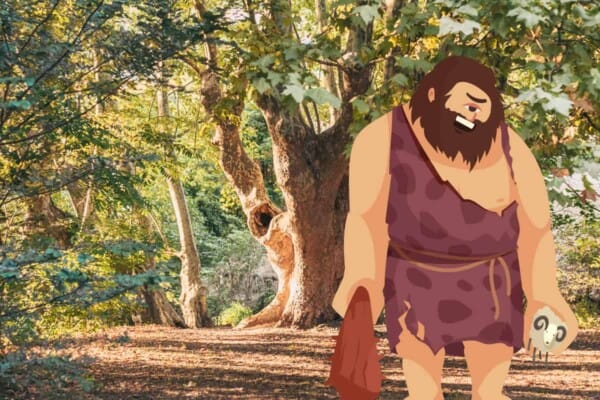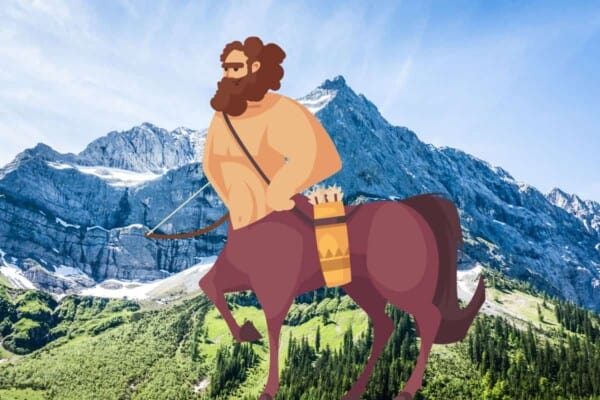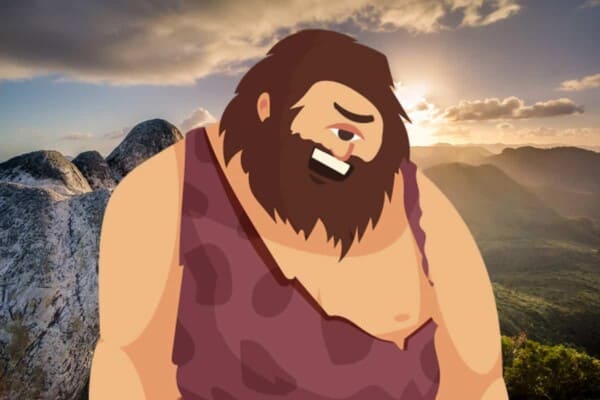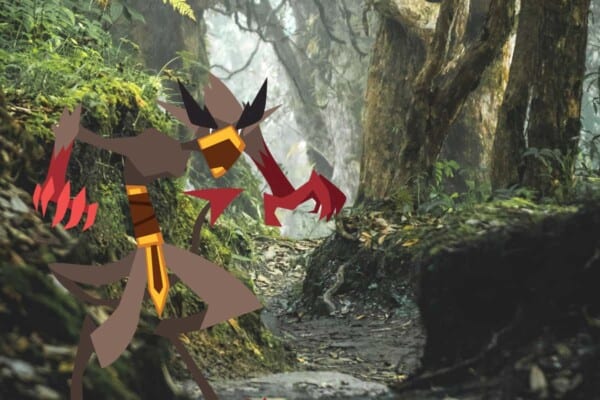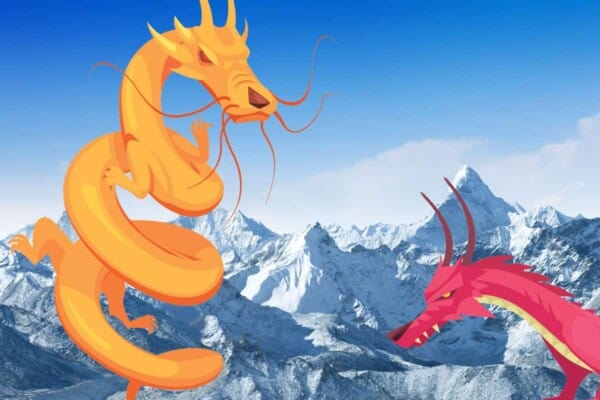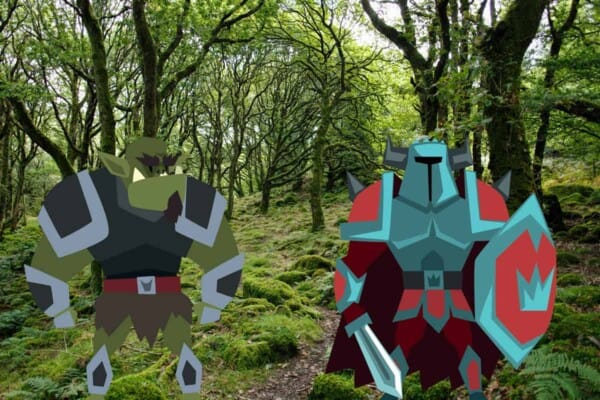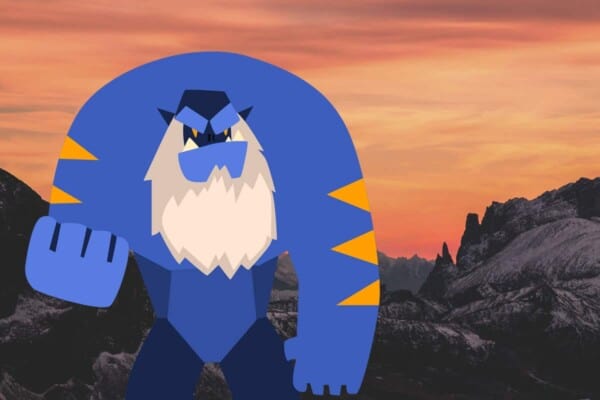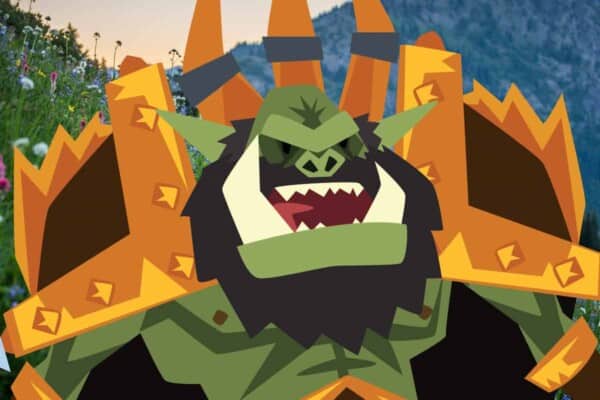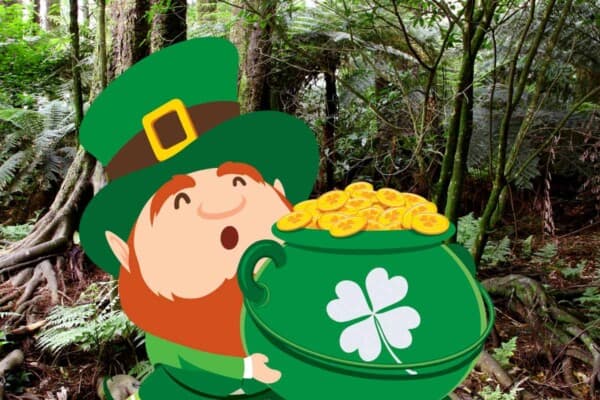Two of the most interesting fantastical creatures from mythology are dwarves and dark elves. However, because both originate from Norse myth, there’s significant confusion over whether they’re the same creatures with two different names or two distinct types of beings.
Dark elves, also known as dökkálfar, have a dark complexion and live within the earth, in caves and dark woods. Dwarves, also known as dvergar, are short, ugly creatures that are skilled smiths and healers.
In this article, I’ll look at how dark elves and dwarves differ, examining their origin, appearance, powers, and personality.
The Differences Between Dwarves and Dark Elves
Numerous sources agree that dwarves and dark elves are distinct beings. Let’s take a further look at how these creatures differ from each other:
Origin
In Norse cosmology, the dvergar, or dwarves, are the maggots that feasted on the dead flesh of the giant Ymir. The gods granted these maggots both a human-like appearance and intelligence, creating dwarves.
On the other hand, while dark elves, or dökkálfar, originate in Norse mythology, there’s no clear explanation of where they (or even the light elves) come from. The dark elves are first mentioned in the Prose Edda.
Additionally, there is also the consideration of the svartálfar or the black elves. These elves are also first mentioned in the Prose Edda. They are thought to be either another name for the dökkálfar or the dwarves.
However, it should be noted that while the svartálfar are said to live in Svartalfheim, the dwarves are said to live in Niðavellir, indicating that, at the very least, the svartálfar are different from dwarves.
Appearance
Dwarves are described as being short, ugly creatures. They are dark in appearance (which is why they were often associated with the svartálfar). Furthermore, in some sources, they were described as resembling dead humans or being human corpses themselves.
Elves in Norse mythology are of a similar height to humans. They’re generally described as being beautiful. Dark elves, however, are further described as having a dark complexion. One description of the dökkálfar mentions them as being “blacker than pitch.”
Similarly, the svartálfar are mentioned as being dark in complexion – svartálfar literally translates to either “black elves” or “swarthy elves.”
Powers
Dwarves are skilled smiths and metalworkers. Many of the artifacts of the Aesir and Vanir are created as a result of the skill of the dwarves, and their works include:
- Mjolnir, the hammer of Thor
- Gugnir and Draupnir, the spear and golden ring of Odin
- The golden hair of Sif, wife of Thor
- Brísingamen, the necklace of Freya
- Gleipnir, the fetter used to bind the monstrous wolf Fenrir, which is as thin as a silk ribbon and stronger than an iron chain.
Dwarves are also extremely skilled at magic, and they use their magic to create ever more magnificent metalworks. Most of their creations involve magic – for example, Draupnir, the golden ring of Odin, can multiply itself. Eight new rings arise from the ring every ninth night, and each of these eight rings is the same size and weight as the original.
In some stories, dwarves can also shapeshift.
On the other hand, there is very little information about the powers of the dark elves in Norse mythology. However, in later fiction and folklore, they are generally described as being magically strong.
Later stories say that dark elves are the source of most of humanity’s misfortunes. In particular, the dark elves have power over bad dreams. In order to create a bad dream, a dark elf will visit a person while they are asleep and either sit on their chest (causing sleep paralysis) or whisper the nightmare into the sleeper’s ears, resulting in bad dreams.
Personality
Dwarves are greedy, selfish, and cunning. They are often very vicious and vengeful and will find a way to hold people to their oaths. For example, in one story, Loki wagers his head against the skill of the dwarven brothers Brokk and Eitri.
When he loses, Loki argues that he only wagered his head, not his neck, which means that the dwarves cannot behead him. In return, the brothers fulfill the wager by sealing Loki’s lips with magical thread.
As with their powers, there is little mythological information from Norse sources about the personality of dark elves. However, later fiction and folklore depict them as the opposite of “light elves” – that is, deceitful, aggressive and brutal, and cruel.
Some theories claim that the differentiation between the “light elves” and “dark elves” in the Prose Edda was the result of Christian influence and that they represented angels of light and darkness (that is, fallen angels), respectively. Thus, they also conformed to the duality of good and evil, with the light elves being good and the dark elves being evil.
Final Thoughts
Given the ambiguous nature of Norse primary sources, it’s understandable why people often think dwarves and dark elves are the same creatures. However, closer analysis shows that, while there is admittedly limited information about the nature of dark elves, they are, in fact, distinct creatures from dwarves.

